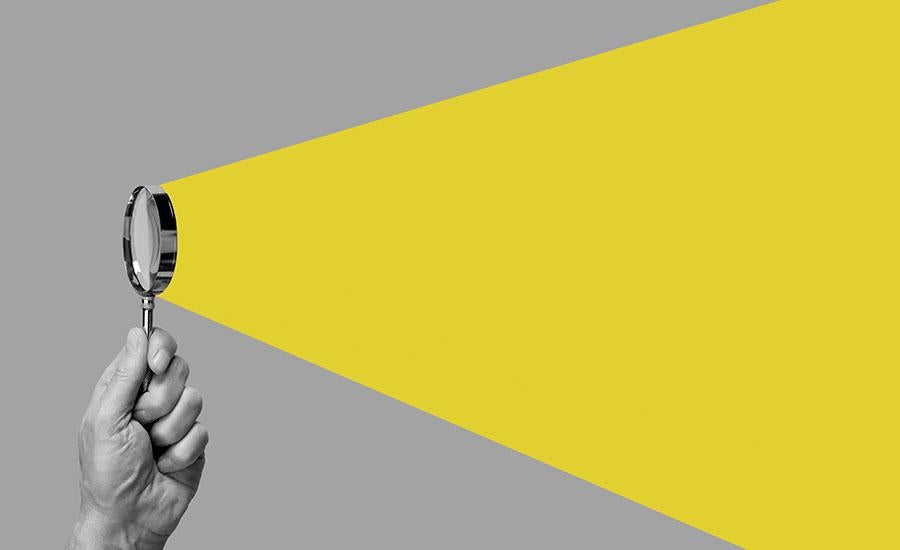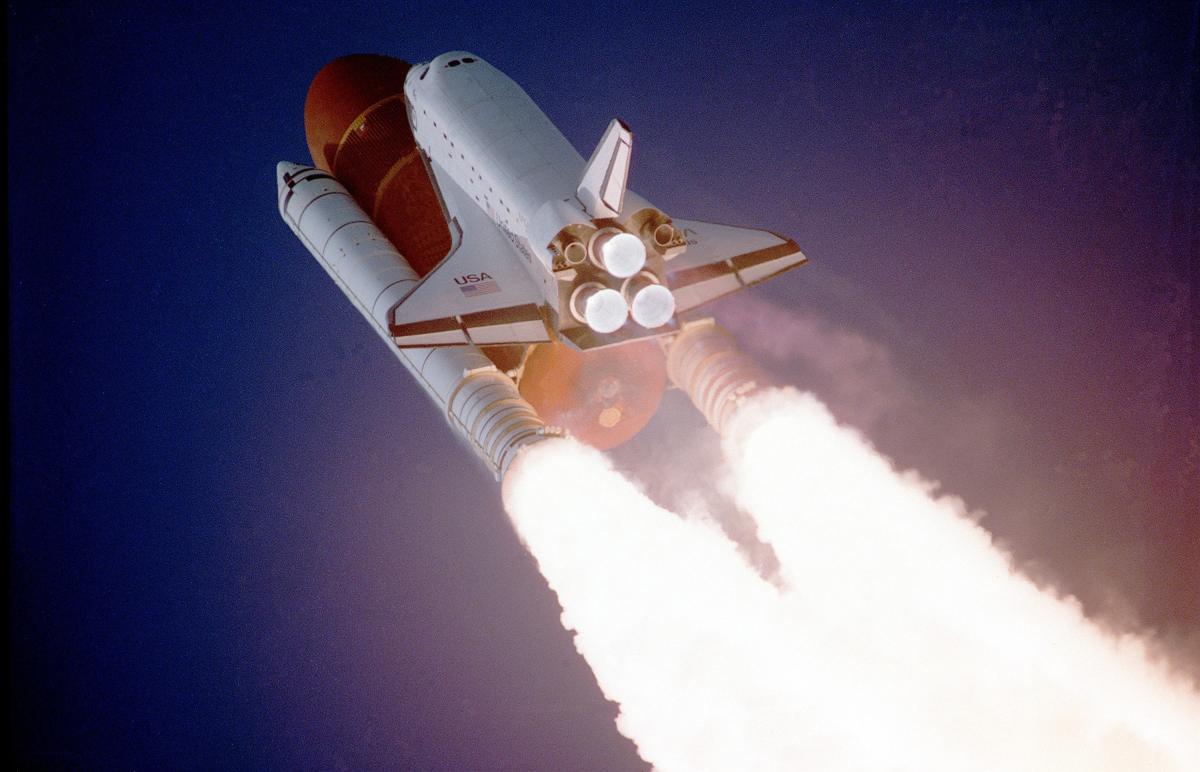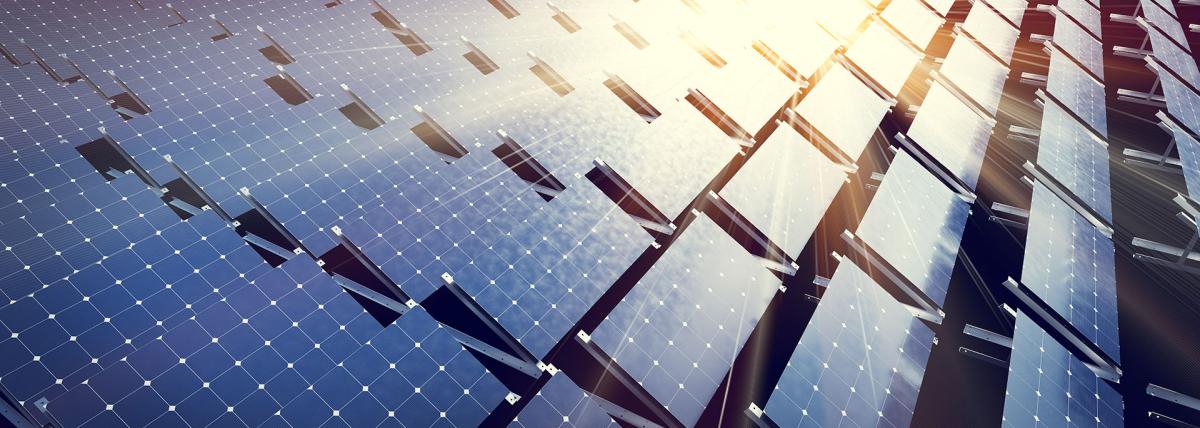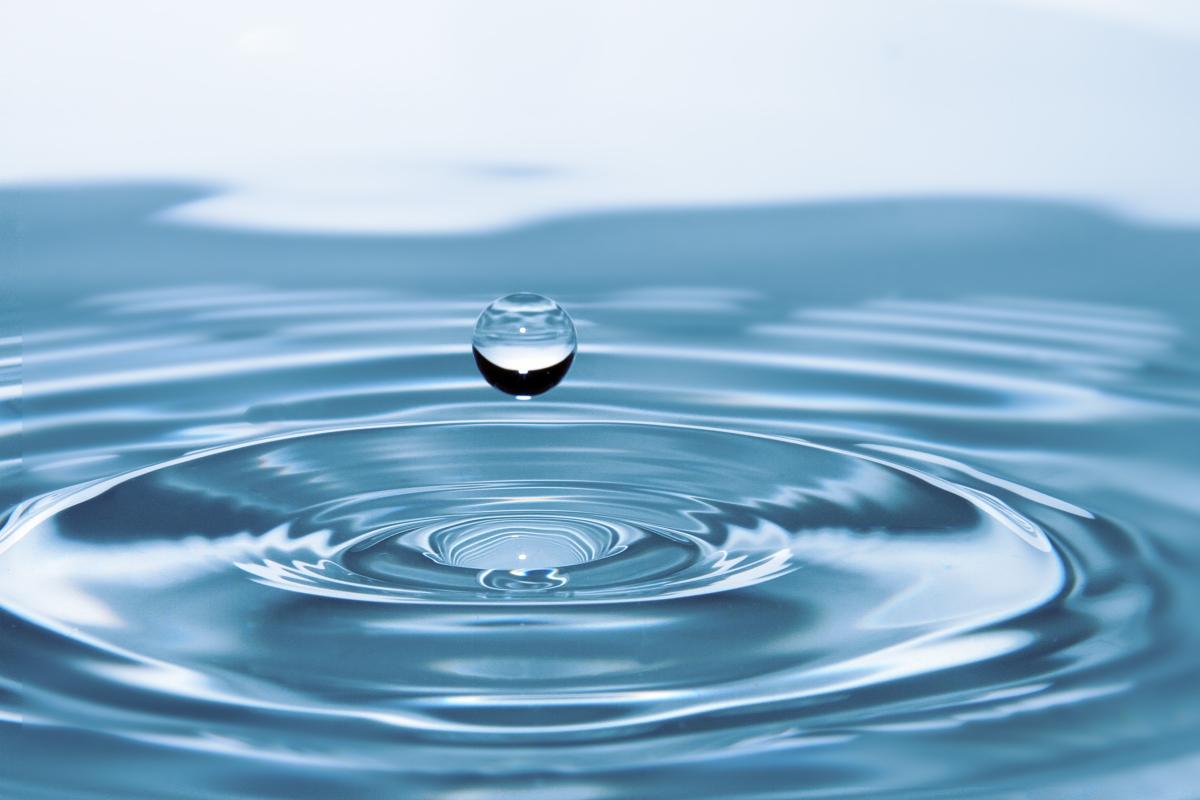
Lighthouse
In this activity, students read about discovering energy and the impact encountered by ships at sea. Students will have the opportunity to read about how lighthouses can solve those problems and compare different lighthouse pictures and identify common parts of lighthouses.
A group activity follows where students create a drawing of their unique lighthouse pattern. They design a lighthouse model, then build one using materials that are provided in the classroom. This activity is adapted from a grade 5 physical science module in Smithsonian Science for the Classroom.
Lesson Grade Level
6th GradeLesson Plan Link/URL
https://docs.google.com/presentation/d/1kY2U50IdysAY0scLSMZYG4W2egYYHp8_/edit?u…Subject Area
Science Physical Science P4: Energy Transfer Engineering S2: Apply the Engineering Design Process S4: Apply Science to Engineering S6: Apply Communications to Engineering Mathematics Measurement and Data (MD) English Language Arts (ELA) Reading (Literature) Writing Speaking & ListeningRelated Content

Students will expand their knowledge of Newton's laws while building, launching and changing the design of paper rockets. This design and modeling exercise by JPL/NASA starts students off with a

Empower with solar, motors & wireless! Unravel renewable energy, motor tech & wireless applications in an engaging STEM journey.

This STEM lesson takes place in a science classroom after students have explored the differences between substances (in the solid, liquid, and gas states), and energy transfer. It is intended to last